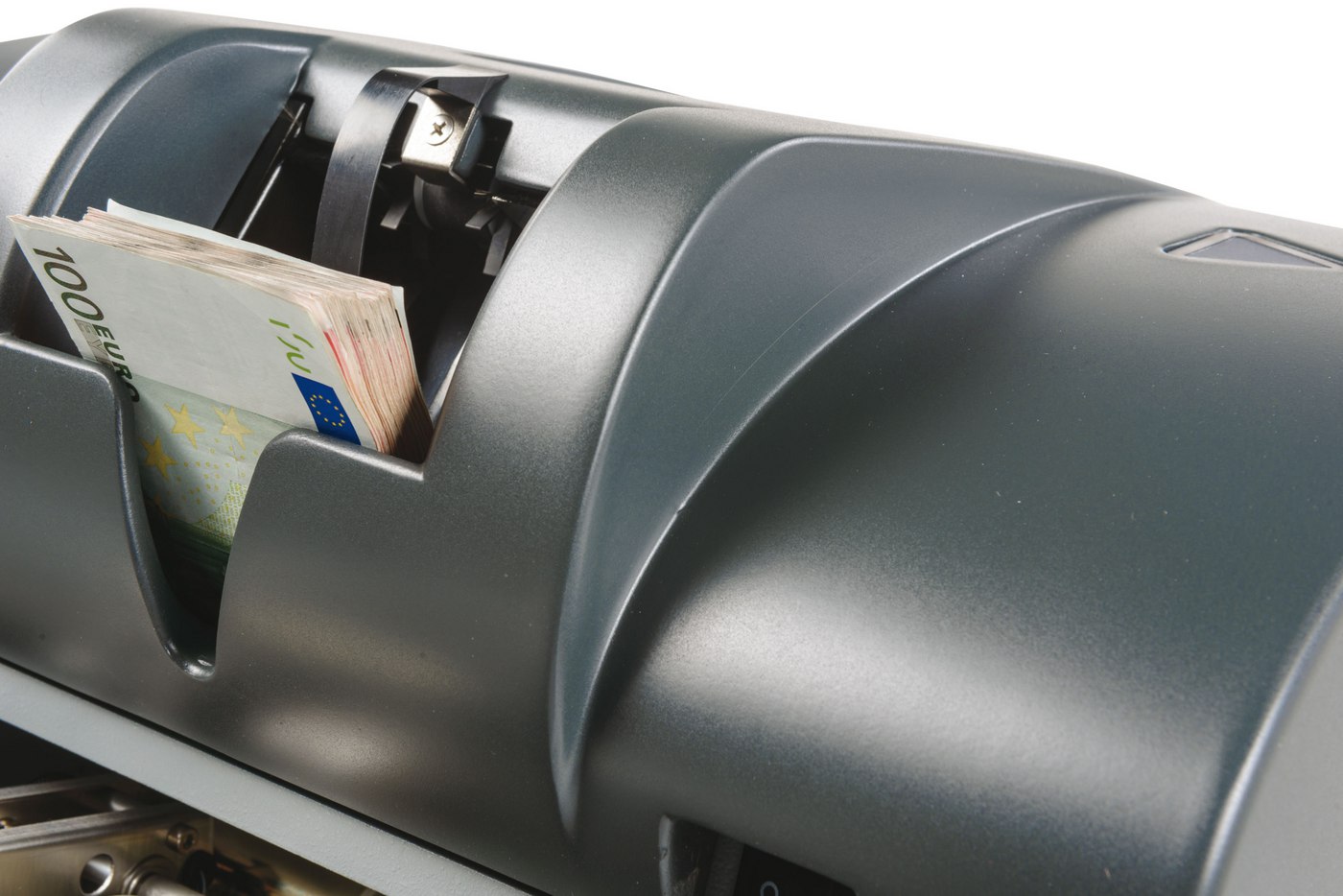How Does a Cash Recycler Work?
A cash recycler is an amazing wonder of technology, even to those of us in the business. I am reminded when I am on-site for installs, when those...

One of the most common challenges our financial clients face is the workload of the head teller, teller supervisor or vault teller. The individuals in those roles spend a lot of time doing non client facing activities, which reduces the throughput of clients served and can lead to the branch incurring additional staffing expense to handle volumes and a diminished client experience. So, the question becomes: How much could I impact my client experience if my head teller was truly client focused? Let’s see how we get them back.
Three of the most common things head tellers deal with on a daily basis that can consume a large amount of their time are:
For head tellers, managing cash for other tellers is a task that can become increasingly challenging as the branch gets busier. As you add staff, you also add opportunities to run high or low on cash that requires a dual control buy or sell to occur.
Imagine some teller supervisors having to make sure that tellers keep their drawer levels at proper amounts while maintaining balance in the vault on a busy Friday. I have seen high volume locations do upwards of 30-40 vault buys or sells in one day!
We also know that out of balance situations happen quite frequently in the branch environment, especially where there is minimal automation in place.
As business picks up, tellers can be rushed in an effort to serve clients the fastest way possible during rush time and are likely to make mistakes. Many of our clients find they are paying a fairly significant amount of overtime annually for staff to track down errors.
The big problem with this is it’s not just the teller’s time, but possibly even audit or other corporate assets trying to get things back into balance. A simple $50 outage could cost $250 in labor to rectify.
By this time, you might be saying “yes, I have some of these issues” and are wondering how to fix them. Cash automation provides answers to these challenges in a variety of ways. By having a cash recycler in the teller line, the buys and sells to the vault that require the time and attention of the head teller all but vanish.
With the recycler, two tellers are actively working with essentially an unlimited supply of cash (typically $80,000-$150,000) and any teller not connected to the unit can buy from or sell to the machine in SINGLE control.
So instead of it taking two people (including the head teller) 10 minutes to sell to or buy from the vault, it now takes one person about 2-4 minutes depending on the type of transaction they are completing. With automation, it’s possible that your head teller could have assisted 1 or 2 customers in the same time it would have taken to help the other teller manage their cash level.
Secondly, by using the machine to automate the process of counting all cash in and out by transaction, out of balance situations all but disappear.
Since the recycler is managing cash, sorting by denomination and reporting back to the teller system what’s been done, it creates a harmonious existence between teller and machine. In addition to reducing time needed to handle out of balance tellers, the total time to open in the morning and close at end of day is reduced by roughly 15-20 minutes each.
Tellers who previously had to come in 15-20 minutes early to find their drawer, count it down and then login to the teller system, now simply show up 5 minutes before open, turn on their PC and login to the teller system and recycler and are ready for the day.
Finally, with the advent of the transit cassette on the MS500 recycler from Hyosung, cash can now be securely transferred from cash recycler to vault, cash recycler to other recycler, or even cash recycler to self-service kiosk without ever having to expose or count the cash a second time, again in SINGLE control. For more information about this feature of the MS500, please visit the product page.
By implementing one, or multiple, recyclers in your teller line, the head teller is enabled to spend more time helping clients achieve their goals and less time managing the tellers and their cash balances throughout the day.
Our clients typically find that two tellers working off a machine can do the work of three. And when you factor in all the management time required to move money from the vault to the teller line, from the teller line to the vault, and possibly the ATM, the ROI is quickly realized.
A cash recycler isn’t a magic bullet and doesn’t solve every challenge, but if you are facing some of the issues discussed here, we would love to hear from you to determine if your challenges can be resolved.

A cash recycler is an amazing wonder of technology, even to those of us in the business. I am reminded when I am on-site for installs, when those...

Our article about why Financial Institutions should look to implement universal tellers, has been very well received. But we still get asked the...
.jpg)
One of the biggest challenges financial institutions face is executing teller transactions most effectively.. This may involve anything from...